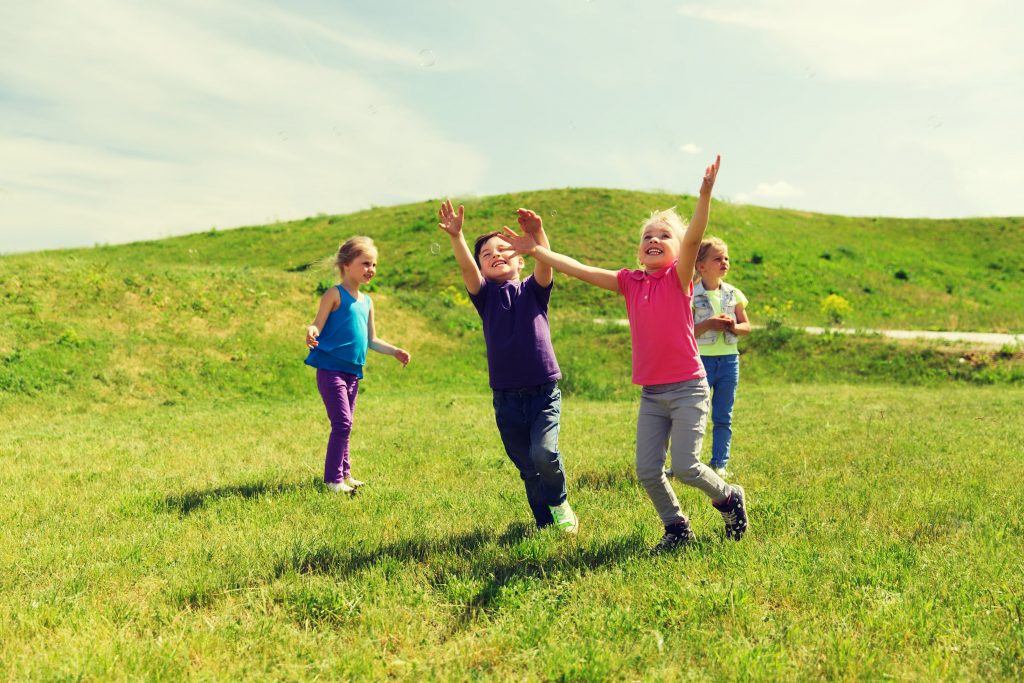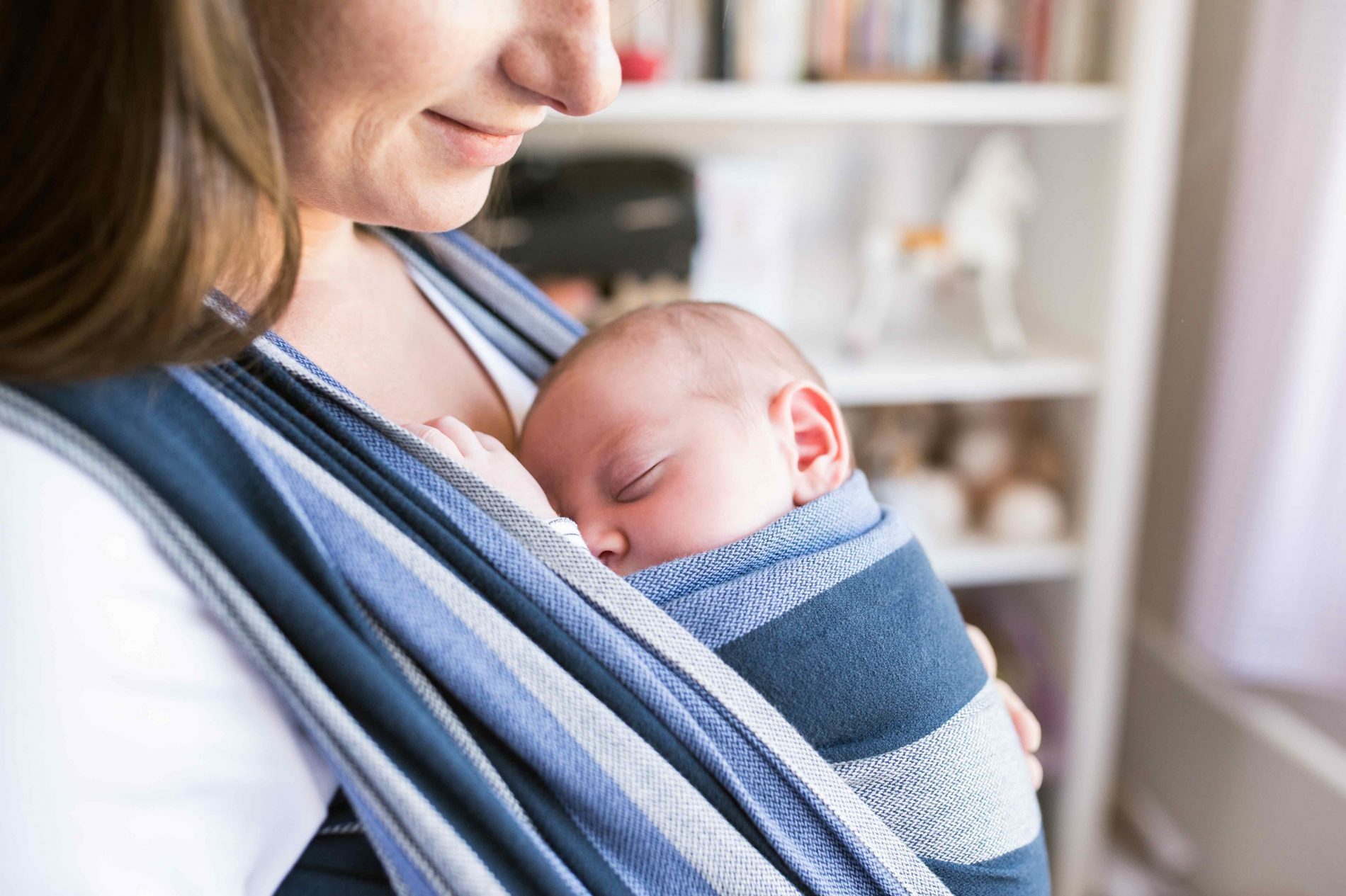Childhood and adolescence is an important time for brain development. From the rapid growth that occurs even before a child is born, to the fine tuning of neural connections that occurs in adolescence. This is the time of life where the brain changes the most!
Experiences during this time best inform the brain on what is important and what is less important. Which neural connections it should keep and which ones are less necessary. This will set the stage for adult life. This is why it is so important for kids to have many experiences. Not only does this include all the wonderful, magical, joyful experiences of life but also the stressful, painful, uncomfortable experiences.
Provided children have supportive adult relationships and stable environments, short-term, moderately stressful experiences can help them form healthy coping strategies and wire their brains for coping with these situations in the future (1). In addition to providing stable environments and loving relationships. Here are some other ways to support healthy brain development in kids.

Optimizing Nutrition
Nutrition definitely doesn’t look the same for every child and changes throughout childhood as well. But here are some general nutrition tips that can help support healthy brain development once a child starts eating solid food.
- Ensuring a diet with lots of fruits and vegetables. The more variety and colour you can get in, the better. Setting an example is important here. Trying to convince a two-year-old to eat something that mom or dad doesn’t eat will likely be an uphill battle.
- Healthy fats. Foods that contain Omega-3 fatty acids, especially EPA and DHA, help support healthy brain development. This includes foods like; avocados, nuts and seeds. Also, olive oil, and fatty fish like mackerel, halibut, or anchovies. If you’re having trouble getting these foods in, a fish oil supplement may be helpful.
- Protein. This one more supports healthy muscles however is important to get in as well. High protein foods include things like fish, legumes, meat, nuts and seeds.
- Limited amounts of processed/pre-packaged foods and refined sugars. These foods are increasingly being shown to be linked to chronic inflammation and are usually best avoided.
- Sitting down for meals as a family. This helps foster connection, bonding, and the supportive environment that is so important for brain development. Especially if you can factor in some form of gratitude practice or prayer before the meal.
Click here to read, How To Encourage Children To Eat Vegetables .

Exercise
By this point in time, we probably all know the vast physical benefits of exercise. And yes there are studies to show that exercise even benefits kids. Not only does exercise increase self-esteem in children but it also appears to improve;
Playing outside is probably my favourite exercise for kids because as we’ll see in the next section, nature also helps foster healthy brain development.
Time In Nature
Spending time in nature promotes creativity and inspires wonder. When children are exploring in nature, they are learning with all of their senses. It also teaches them;
- How to care for the environment
- Brings a sense of mastery
- Teaches that actions come with consequences
Activities for kids in nature can be as simple as going on a walk in the forest. Including your child in caring for a garden is also a great way to help them connect with nature. It helps them learn about consequences, build confidence and a sense of self-mastery.

Mindfulness
Playing outside would cover this one too! Mindfulness doesn’t have to be hard. It can be as simple as allowing some time for kids to be bored and let their minds wander.
You can even get involved with your children on this one and have a nightly bedtime meditation session. This would also establish a routine and contribute to a structured, stable environment that helps so much with healthy brain development.
It Doesn’t Have To Be Perfect
Parents, try not be too hard on yourselves. Parenting is not an easy calling. It’s important to recognize when you’re trying your best and remember that your best is often enough. Some days, nutrition may not be optimal or exercise may fall to the wayside. Remember to reach out for support when you need it.
Also, don’t forget that caring for yourself is just as important as caring for your kids. Not only are you unable to care for your kids if you are unwell but you are also modeling for them how to care for themselves.
Click here to read, 9 Ways Your Mind And Body Are Telling You That You Need Some ‘Self Love’ .
References
- Resilience. Center on the Developing Child at Harvard University, developingchild.harvard.edu/science/key-concepts/resilience/.
- Ekeland E, Heian F, Hagen KB. Can exercise improve self esteem in children and young people? A systematic review of randomised controlled trials. British Journal of Sports Medicine 2005;39:792-798.
- Davis, C. L., Tomporowski, P. D., McDowell, J. E., Austin, B. P., Miller, P. H., Yanasak, N. E., Allison, J. D., & Naglieri, J. A. (2011). Exercise improves executive function and achievement and alters brain activation in overweight children: A randomized, controlled trial. Health Psychology, 30(1), 91–98. https://doi.org/10.1037/a0021766
- Archer, T., Kostrzewa, R.M. Physical Exercise Alleviates ADHD Symptoms: Regional Deficits and Development Trajectory. Neurotox Res 21, 195–209 (2012) doi:10.1007/s12640-011-9260-0
Felicia is a Naturopathic Doctor whose own healthcare experiences lead her to discover the benefits of naturopathic medicine. She earned her Bachelor of Science degree in 2013 at McMaster University, majoring in Biology & Psychology and completed an Honours thesis in behavioural neuroscience, investigating emotional regulation and mood disorders in adolescents. She then went on to earn her Doctor of Naturopathy degree at the Canadian College of Naturopathic Medicine in Toronto. In 2017, in her 4th year of post-graduate study, she completed a clinical internship at the Robert Schad Naturopathic Clinic, which included a pediatric-focused shift, a placement in the Queen West Community Health Centre, as well as a global clinical preceptorship in India.
Felicia’s Vision
Felicia aims to share knowledge and experiences gained on her own journey to help others on their health journeys. Gentle curiosity guides her practice and much time is spent in visits exploring symptoms and making connections to discover their root cause. Nutritional and lifestyle counseling are an important part of every treatment. Other tools Felicia uses to help ease symptoms and guide the healing process may include: acupuncture, botanical/plant medicine, homeopathy, and hydrotherapy. She also loves food and gardening and believes both are among the most powerful medicines.


